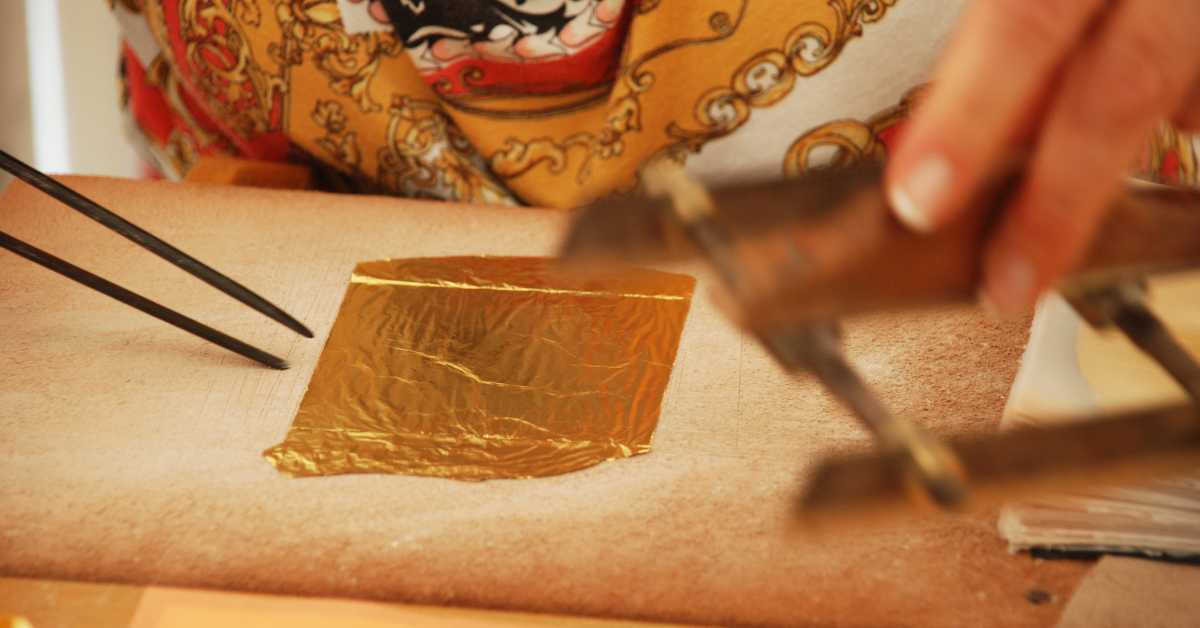Kanazawa is a special city for Japanese people. Its historical streets, gold leaf culture, and seasonal landscapes captivate visitors. This article introduces how Japanese people evaluate Kanazawa, providing insights for foreign travelers.
Why Kanazawa Is Highly Valued by Japanese People
Kanazawa prospered as the castle town of the Kaga Domain, which boasted one million koku of rice during the Edo period. Even today, the cityscape strongly retains the atmosphere of a castle town, carefully preserved for centuries. While Kanazawa functions as a modern city, it continues to maintain its historical scenery, which is one reason Japanese people value it so highly.
Moreover, Kanazawa produces nearly all of Japan’s gold leaf, a fact that locals take great pride in and that surprises tourists. Japanese people describe Kanazawa as a “calm city” and a “place where beauty and tranquility coexist,” appreciating it as a destination where they can escape the noise of big cities and find peace of mind.
The Appeal of Kenrokuen and Higashi Chaya District
Kenrokuen is a Japanese garden that displays different forms of beauty each season. Cherry blossoms in spring, fresh greenery in summer, autumn foliage, and the snow-covered yukitsuri in winter are all regarded as scenes that symbolize Japan’s four seasons.
Higashi Chaya District features stone-paved streets and traditional wooden townhouses, preserving the atmosphere of the Edo period. The lamplight glowing through lattice windows at night creates a magical sight, which Japanese people regard as a place where “nostalgia” and “elegance” coexist.
The Appeal of Kenrokuen and Higashi Chaya District
| Place | Features | Japanese Evaluation |
|---|---|---|
| Kenrokuen | One of Japan’s Three Great Gardens, seasonal scenery | A garden worth visiting year-round |
| Higashi Chaya District | Townhouses and stone-paved streets | The atmosphere of old Japan |
Kanazawa’s Food Culture and the Value of Gold Leaf
Kanazawa’s food culture is supported by fresh seafood and mountain produce. Snow crab from winter seas is considered a luxury food, while local dishes such as jibuni (duck stew) and kabura-zushi (pickled turnip sushi) are loved as comforting, home-style flavors.
The gold leaf food culture is particularly notable. Gold-leaf soft-serve ice cream is popular with foreign tourists, but Japanese people also value it as an experience of “luxurious enjoyment.”
Representative Food Culture of Kanazawa
| Category | Specialty | Japanese Impression |
|---|---|---|
| Seafood | Snow crab, nodoguro fish | Fresh and luxurious |
| Local Dishes | Jibuni, kabura-zushi | Taste of tradition |
| Sweets | Gold-leaf soft-serve ice cream | A sense of the extraordinary |
Japanese Tourists’ Evaluations
What Japanese Visitors Appreciate in Kanazawa
| Evaluation Point | Details | Japanese Impression |
|---|---|---|
| Scenery | Kenrokuen, Chaya District streets | Tranquility and dignity |
| Culture | Gold-leaf crafts, traditional performing arts | Symbol of Japaneseness |
| Food | Seafood, local cuisine, gold-leaf sweets | Freshness and uniqueness |
| Transportation | About 2.5 hours from Tokyo by Shinkansen | Easy access |
Seasonal Ways to Enjoy Kanazawa
Kanazawa offers a different face throughout the year.
Seasonal Attractions of Kanazawa
| Season | Highlights | Japanese Evaluation |
|---|---|---|
| Spring | Cherry blossoms at Kenrokuen and along Asano River | Brilliance of spring |
| Summer | Hyakumangoku Festival | Liveliness throughout the city |
| Autumn | Autumn leaves at Kanazawa Castle Park | The beauty of Japanese autumn |
| Winter | Yukitsuri in Kenrokuen | A symbol of winter in Japan |
What Foreign Visitors Often Notice
For foreign travelers, Kanazawa is a city where they can directly experience Japanese culture. From traditional crafts to local cuisine, visitors can connect with the history and lifestyle of the region. One point often mentioned is the pleasantly uncrowded nature of tourist areas, making sightseeing more comfortable.
What Foreign Visitors Appreciate in Kanazawa
| Aspect | Features | Visitor Impression |
|---|---|---|
| Cityscape | Edo-period atmosphere | Direct experience of Japanese culture |
| Food | Gold-leaf delicacies, seafood dishes | Unique and memorable |
| Atmosphere | Less crowded than Kyoto or Tokyo | Comfortable sightseeing |
Conclusion
Kanazawa is a city blessed with historic scenery, traditional culture, and rich cuisine, and it is highly regarded by Japanese people. For foreign visitors, it also offers many unique experiences not found in other cities, making it a highly valuable destination. Understanding how Japanese people evaluate Kanazawa will add depth and meaning to any trip.






